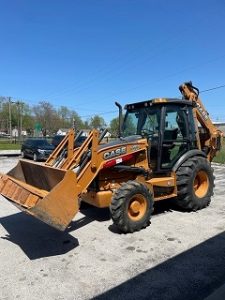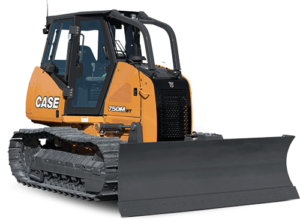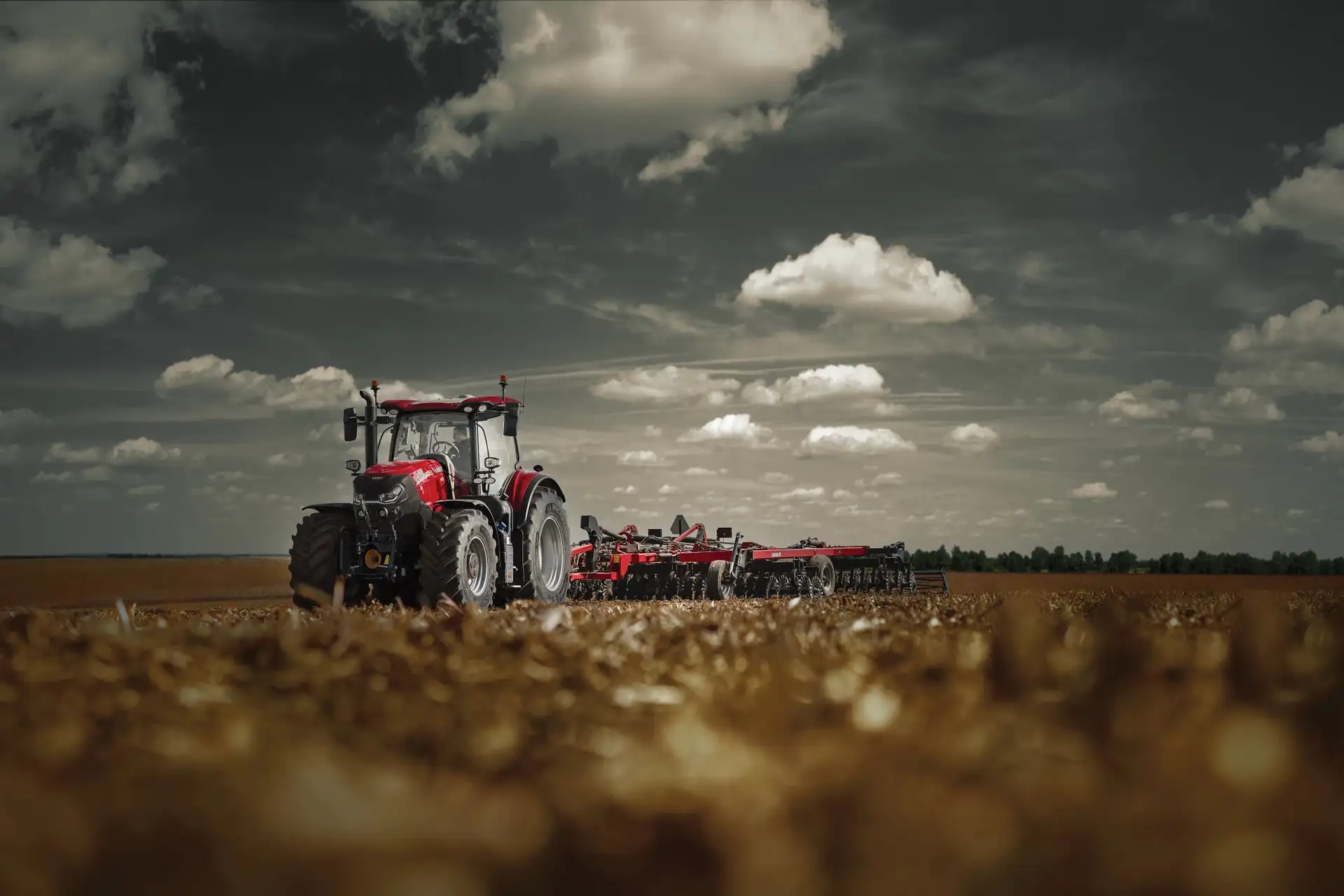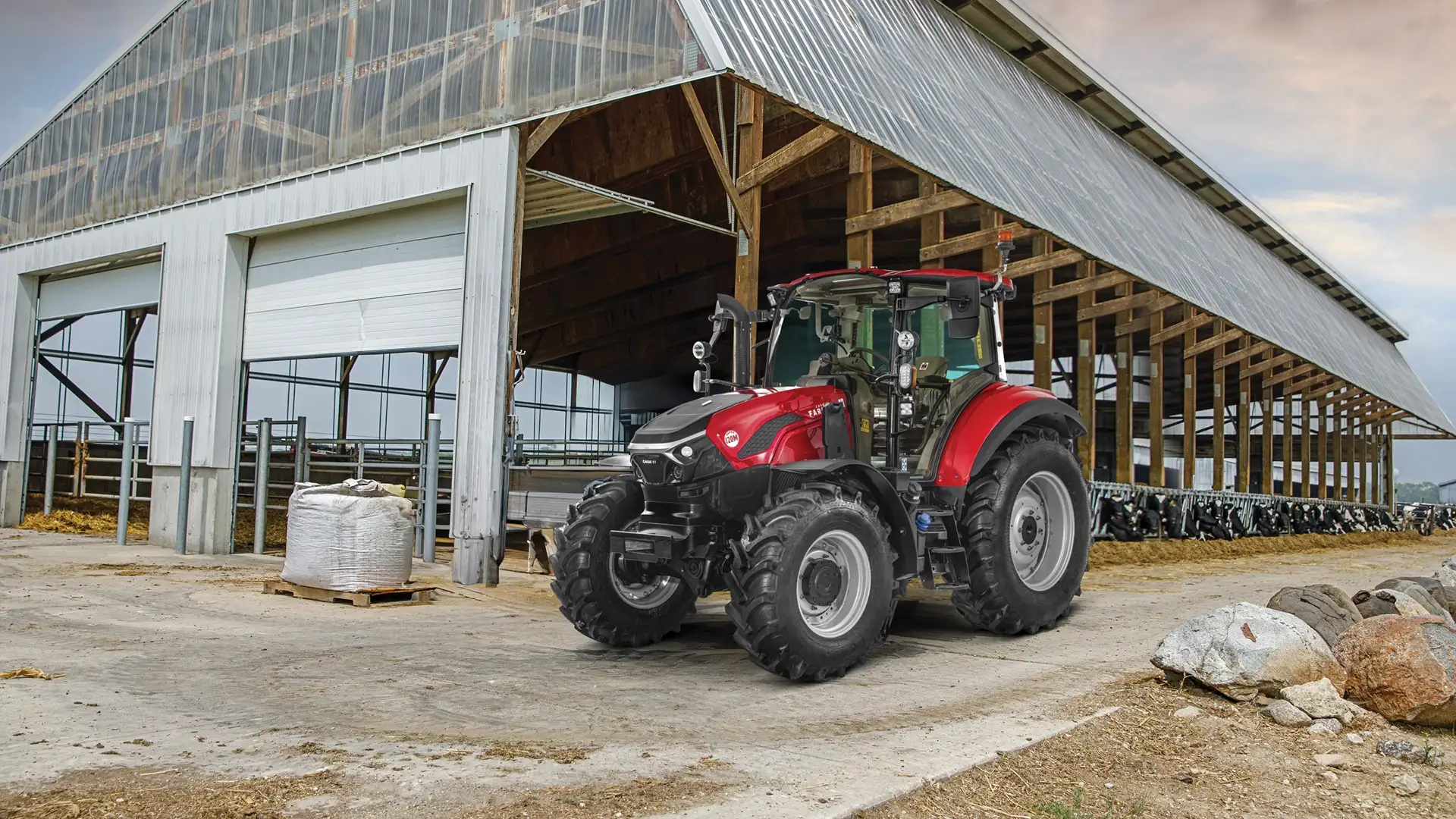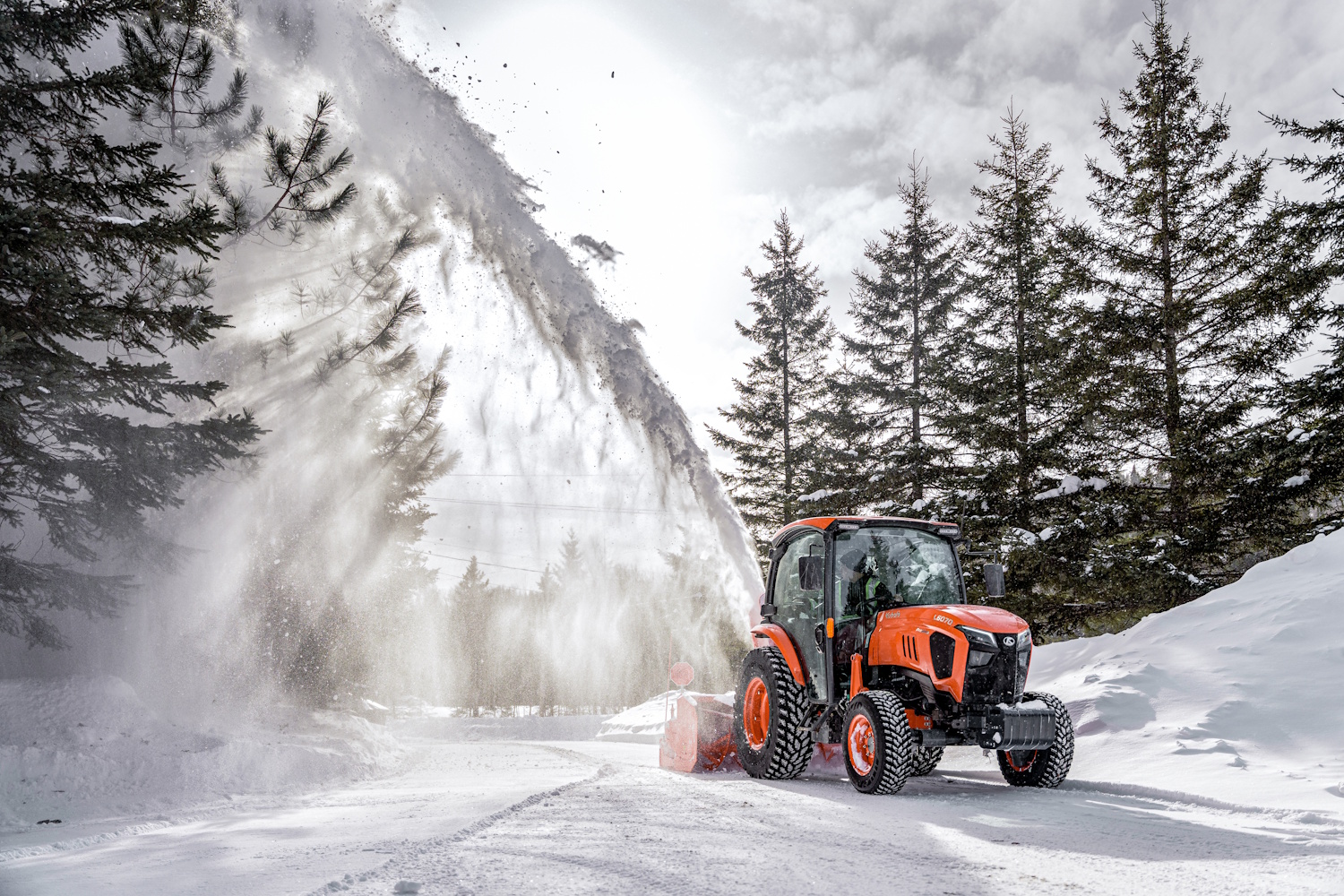Harvest season is crunch time for your Case IH equipment. Ensuring your tractors, combines, and implements are in prime condition isn’t just about efficiency; it’s about minimizing costly downtime when every minute in the field counts. Proactive fall maintenance isn’t a luxury – it’s a necessity that guarantees peak performance and prevents small, easily fixable issues from escalating into major breakdowns that can derail your entire harvest schedule. Investing the time now will pay dividends in uninterrupted operation and optimal yield.
Conduct an Inspection
Begin your harvest prep with a meticulous, nose-to-tail walkaround of every piece of equipment. Don’t rush this step. Systematically check all belts for fraying, cracking, or excessive slack, and examine bearings for unusual play or noise. Inspect hydraulic hoses for any signs of chafing, bulges, leaks, or hardened spots that indicate wear. Pay close attention to tire pressure and condition, looking for cuts or embedded debris. Tighten any loose bolts or fasteners on critical components, and ensure all moving parts, from pivot points to PTO shafts, are adequately lubricated according to your Case IH owner’s manual. A thorough visual check can often reveal developing problems before they become critical failures.
Optimize Cooling Systems for Peak Performance
The demanding nature of harvest work places immense stress on engine cooling systems, especially during long, hot days. Maintaining an optimal cooling system is paramount to prevent overheating and potential engine damage. Start by thoroughly cleaning the radiator and oil cooler fins to remove accumulated dust, chaff, and debris that can impede airflow. Verify that coolant levels are correct and that the coolant is free from contaminants or rust. Check all radiator hoses for stiffness, cracks, or leaks, and ensure the fan belts are properly tensioned. A properly functioning cooling system is the heart of reliable harvest operation.
Check Filters and Fluids
Regular maintenance of fluids and filters is non-negotiable for the longevity and efficient operation of your Case IH machinery. Adhere strictly to manufacturer recommendations for replacement intervals. This includes engine oil, fuel filters, hydraulic fluid, and transmission fluid. Always use OEM-approved products to ensure compatibility and provide the highest level of protection against wear and tear. Fuel filters, in particular, are crucial during harvest to prevent contaminants from reaching the engine. Don’t overlook air filters, both engine air filters and cabin air filters, as dusty harvest conditions can quickly clog them, impacting performance and operator comfort. Regularly checking fluid levels and condition can also help identify potential leaks or contamination early.
Inspect Electrical and Lighting Systems
Reliable electrical systems are vital for modern farm equipment. Test all lights – headlights, taillights, work lights, and hazard lights – to ensure maximum visibility during early mornings or late-night harvests. Check all wiring harnesses for fraying, corrosion, or rodent damage, and secure any loose connections. Verify that all sensors are clean and functioning correctly, as these are critical for precision farming and machine diagnostics. Inspect battery terminals for corrosion and ensure the battery is fully charged and holding its charge effectively.
Prepare Harvesting Attachments with Care
Combines and headers have unique maintenance needs. For grain heads, check the condition of all knife sections and guards, replacing any that are dull or damaged to ensure a clean cut. Inspect augers and feeder chains for wear, proper tension, and any signs of damage. On corn heads, examine snouts, gathering chains, and stalk rolls for wear and proper adjustment. Lubricate all grease points on these attachments regularly, as they operate under high stress. Ensuring these components are in top shape directly impacts harvest efficiency and grain quality.


